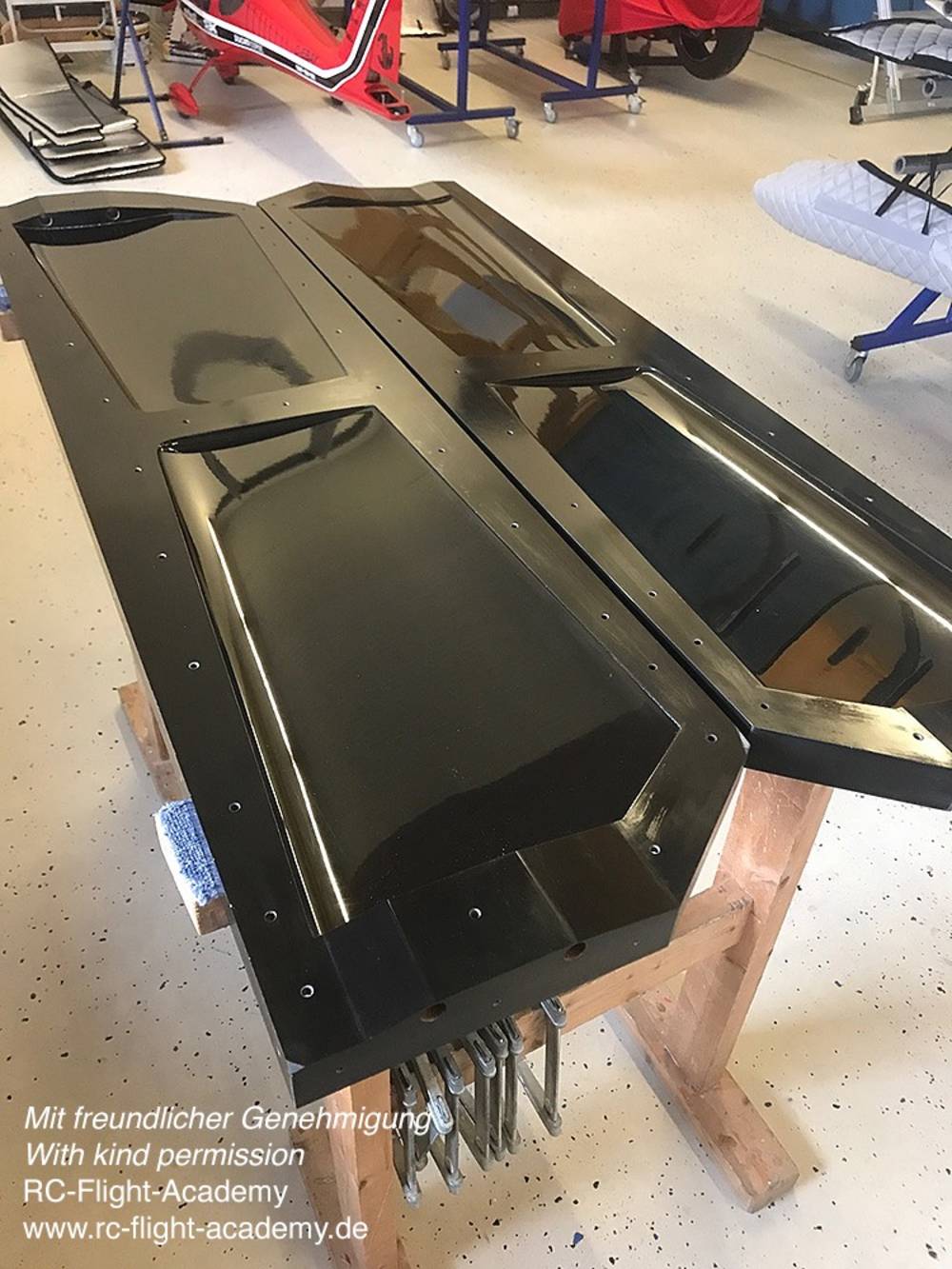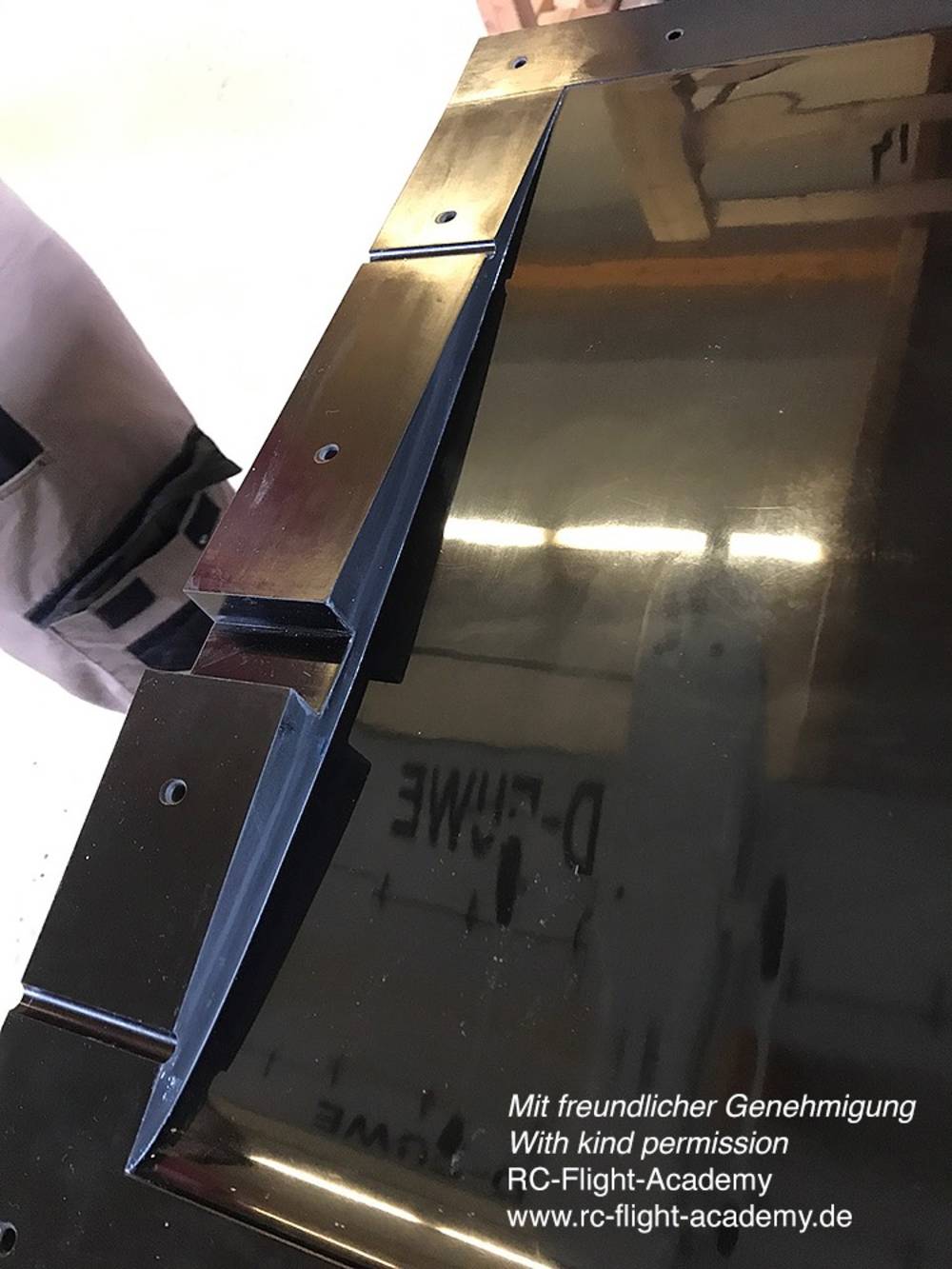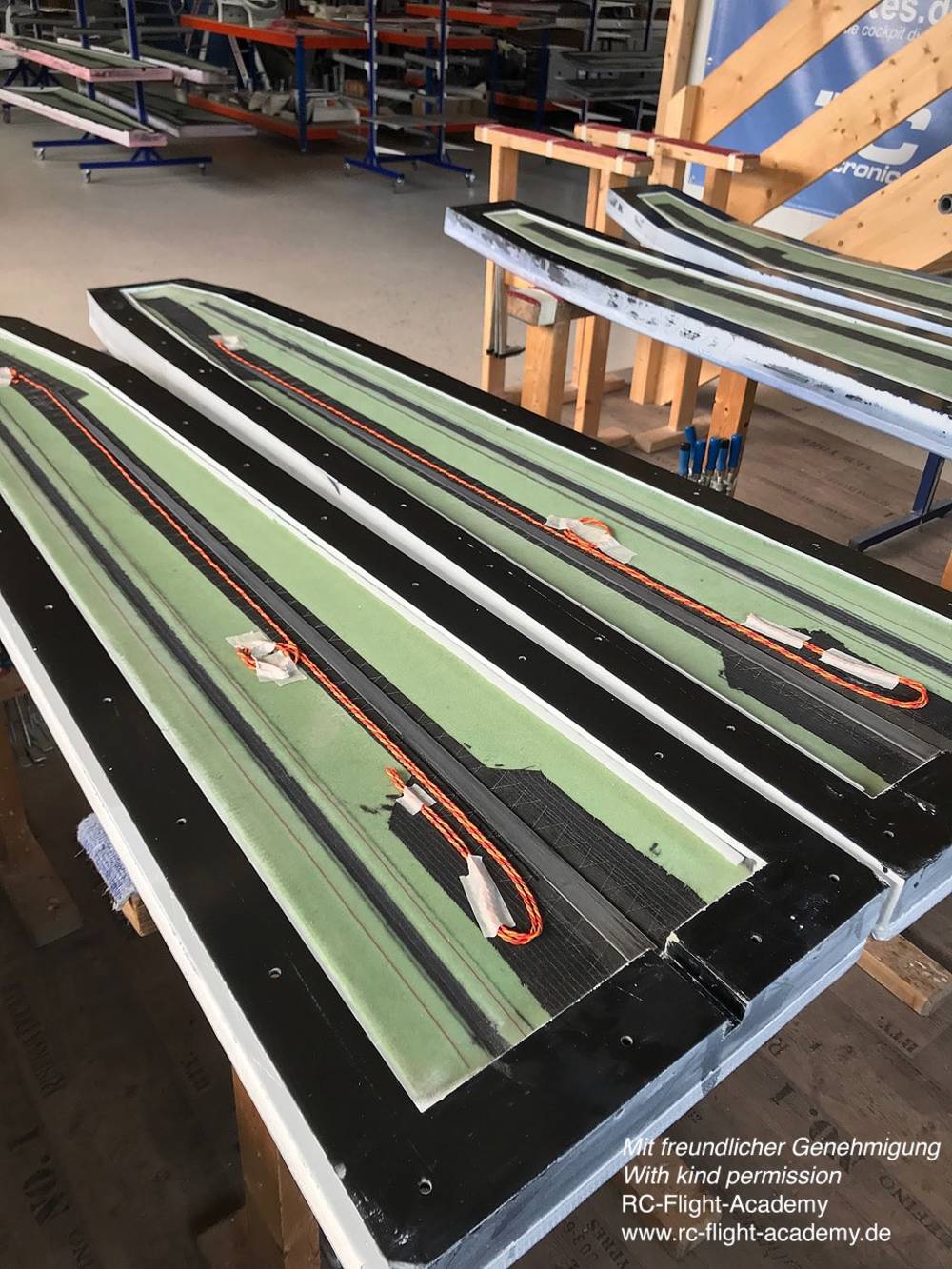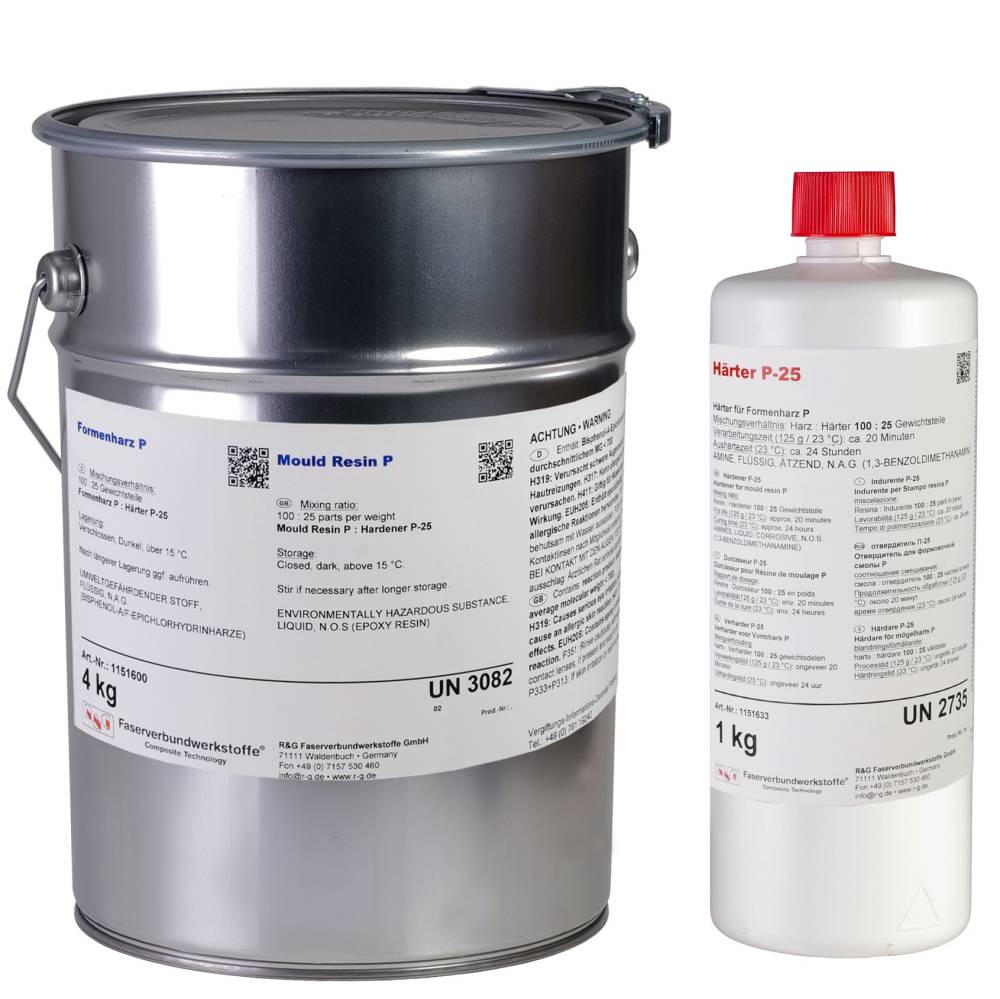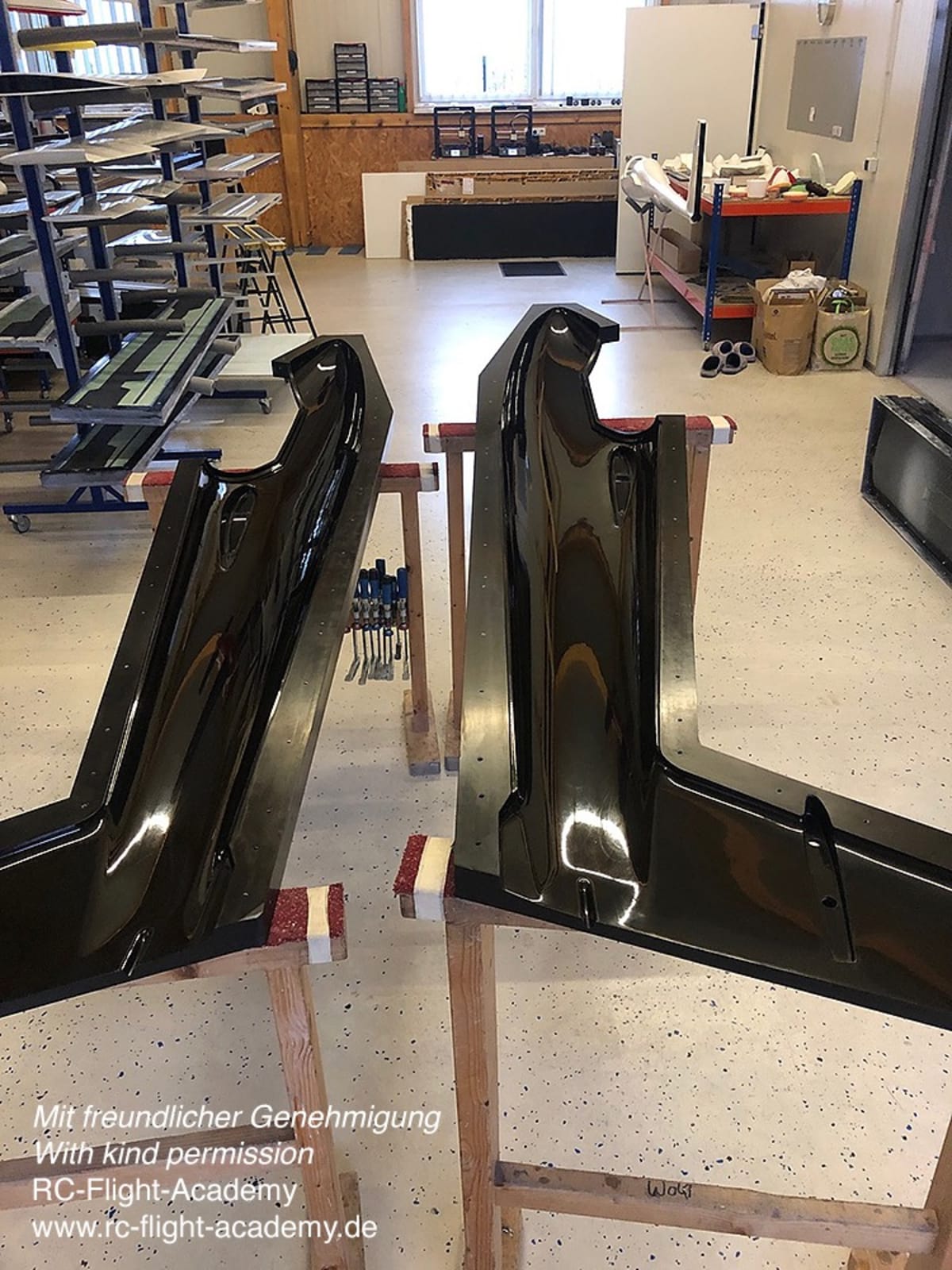
Set of two components
400 g, 1 kg and 5 kg
all Prices price incl. VAT, possibly plus shipping
Article information
Videos
Hazards identification - Mould Resin p
Hazard components for labelling
bis-[4-(2,3-epoxipropoxi)phenyl]propaneReaction mass of 2,2'-[methylenebis(4,1-phenyleneoxymethylene)]dioxirane and [2-({2-[4- (oxiran-2-ylmethoxy)benzyl]phenoxy}methyl)oxirane and [2,2'- [methylenebis(2,1-phenyleneoxymethylene)]dioxirane
1,6-Hexanediol, reaction products with epichlorohydrin
Signal word: Warning
Pictograms:
Hazard statements
| H315 | Causes skin irritation. |
| H317 | May cause an allergic skin reaction. |
| H319 | Causes serious eye irritation. |
| H411 | Toxic to aquatic life with long lasting effects. |
Precautionary statements
| P261 | Avoid breathing dust/fume/gas/mist/vapours/spray. |
| P273 | Avoid release to the environment. |
| P280 | Wear protective gloves / protective clothing / eye protection / face protection. |
| P314 | Get Medical advice / attention if you feel unwell. |
Special labelling of certain mixtures
| EUH205 | Contains epoxy constituents. May produce an allergic reaction. |
Hazards identification - Hardener P-25
Hazard components for labelling
Triethylentetramin4,4'-Isopropylidenediphenol, oligomeric reactionproducts with 1-chloro-2,3-epoxypropane, reactionproducts with triethylenetetramine
2,4,6-tris(dimethylaminomethyl)phenol
Reaction mass of (1-phenylethyl)phenols and bis-(1-phenylethyl)phenols
4,4'-Isopropylidenediphenol, oligomeric reactionproducts with 1-chloro-2,3-epoxypropane, reactionproducts with m-phenylenebis(methylamine)
1,3 benzenedimethanamine
Signal word: Danger
Pictograms:
Hazard statements
| H302 | Harmful if swallowed. |
| H314 | Causes severe skin burns and eye damage. |
| H317 | May cause an allergic skin reaction. |
| H318 | Causes serious eye damage. |
| H412 | Harmful to aquatic life with long lasting effects |
Precautionary statements
| P303 P361 P353 | IF ON SKIN (or hair): Remove/Take off immediately all contaminated clothing. Rinse skin with water or shower. |
| P305 P351 P338 | IF IN EYES: Rinse continuously with water for several minutes. Remove contact lenses if present and easy to do. Continue rinsing. |
| P310 | Immediately call a POISON CENTER or doctor / physician. |
| P362 P364 | Take off contaminated clothing and wash it before reuse. |
| P405 | Store locked up. |
| P501 | Dispose of waste according to applicable legislation. |

